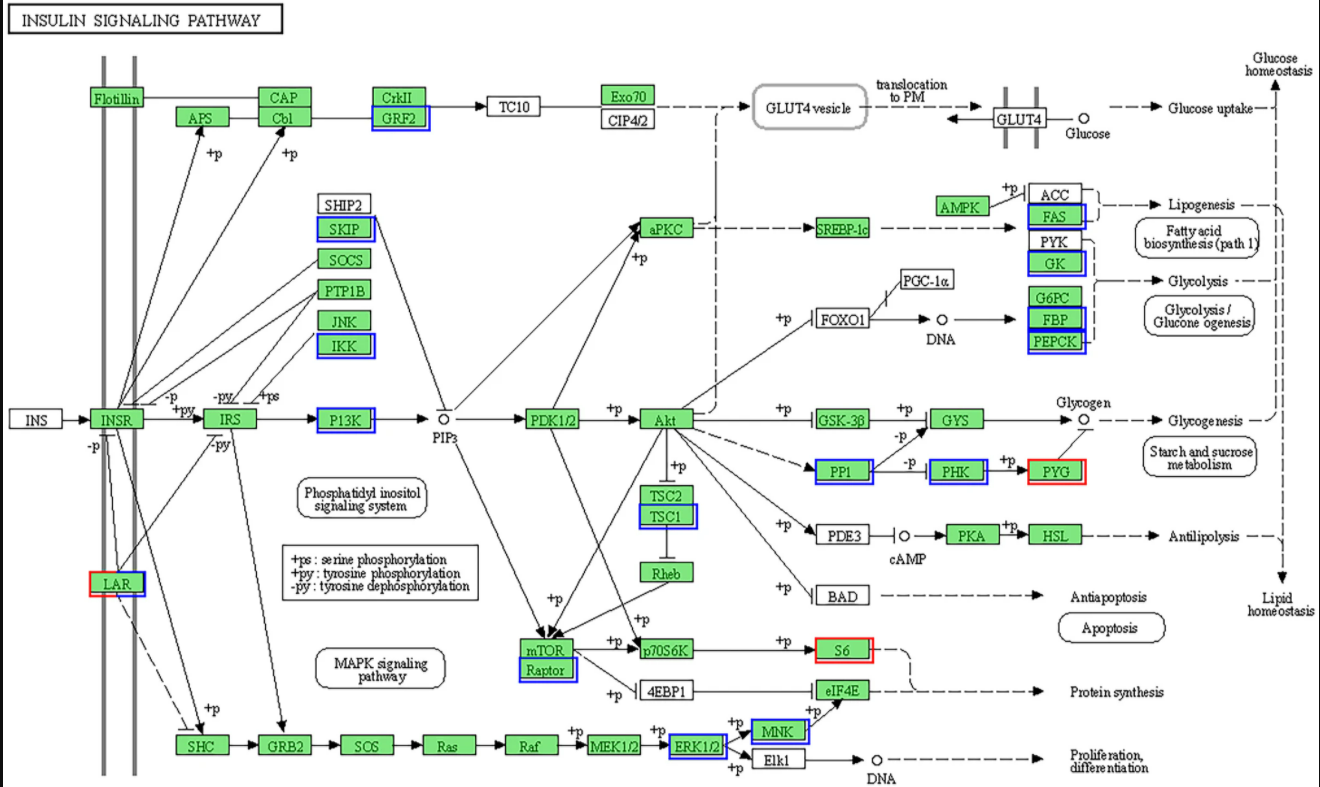Impact of Titanium Dioxide‑Graphene Oxide (TiO2‑GO) Composite Nanoparticle on the Juveniles of the Giant River Prawn, Macrobrachium rosenbergii: Physio‑Biochemistry and Transcriptional Response
Ziqi Guo · Jiabao Zuo · Jianbin Feng · Jiale Li1,· Shupeng Zhang · Keyi Ma
Abstract
Nanomaterials are used in many felds, resulting in inevitably releasing into the aquatic environment. The presence of nanomaterials, including TiO2-GO in the aquatic environment, can be toxic to aquatic organisms. However, few studies have focused on the efects of TiO2-GO composite nanoparticle on crustaceans. In the present study, the giant river prawn Macrobrachium rosenbergii juveniles were exposed to two concentrations of TiO2-GO composite nanoparticle (0.1 and 0.5 mg/L). The efects of TiO2-GO composite exposure on activities of digestive and antioxidant-related enzymes and expressions of growth and immune-related genes at the transcriptome were studied. The results showed that the survival rate and growth performance were not negatively afected by TiO2-GO composite at the two exposure levels. Nevertheless, exposure to TiO2-GO composite causes an efect on the activities of digestive and antioxidant enzymes in the juvenile prawns. The enzyme activities of CAT, SOD, GSH-Px, AMS, TPS, and LPS in the 0.1 mg/L TiO2-GO composite experimental group were markedly reduced than those in the control group. Additionally, the expression level of genes involved in growth and immunity was signifcantly afected by TiO2-GO composite. After exposure to the 0.1 mg/L TiO2-GO composite, the mRNA expression level of MSTN was signifcantly increased, but the level of EcR, Raptor, and CaBP was signifcantly decreased. However, the mRNA levels of the CTL, TLR, JAK, and STAT were signifcantly increased after exposure to the 0.5 mg/L concentration of TiO2-GO composite. Furthermore, to understand the molecular mechanism of M. rosenbergii under TiO2-GO composite exposure, RNA-Seq was employed to analyze the changes of the muscle and hepatopancreas transcriptome. Compared with the control group, we identifed 5166 and 4784 diferentially expressed genes (DEGs) in the muscle and hepatopancreas, respectively (p < 0.05). Based on gene ontology and KEGG analysis, signifcant diferences were observed in the DEGs involved in activity and binding, metabolism, immune response, and environmental information processing. These results showed that exposure to TiO2-GO composite nanoparticle led to the changes of enzyme activity and gene expression, suggesting that TiO2-GO composite existing in aquatic environments would disrupt the physiology of M. rosenbergii. This study will serve as a foundation for subsequent research into the evaluation of nanomaterial toxicity on crustacean species.
Conclusion
In the current study, physio-biochemistry and transcriptional responses to TiO2-GO composite nanoparticle were investigated in the juvenile M. rosenbergii. The survival rate and growth performance were not negatively afected by TiO2-GO. However, exposure to TiO 2-GO could signifcantly afect digestive and antioxidant-related enzyme activities and expression levels of growth and immune-related genes, inducing the oxidative stress and immune response. Gene ontology and KEGG analysis revealed that signifcant diferences occurred in the expression of genes involved in metabolism, immune response, and environmental information processing. Enriched insulin-like signaling pathway showed that TiO2-GO composite has serious impacts on glycolipid metabolic processes and protein synthesis. Accordingly, TiO2-GO composite existed in the aquatic environment could disrupt the physiology of M. rosenbergii. This research will serve as a foundation for subsequent research into the evaluation of nanomaterial toxicity on crustacean species.

转载本文请联系原作者获取授权,同时请注明本文来自张树鹏科学网博客。
链接地址:https://wap.sciencenet.cn/blog-311896-1368465.html?mobile=1
收藏


